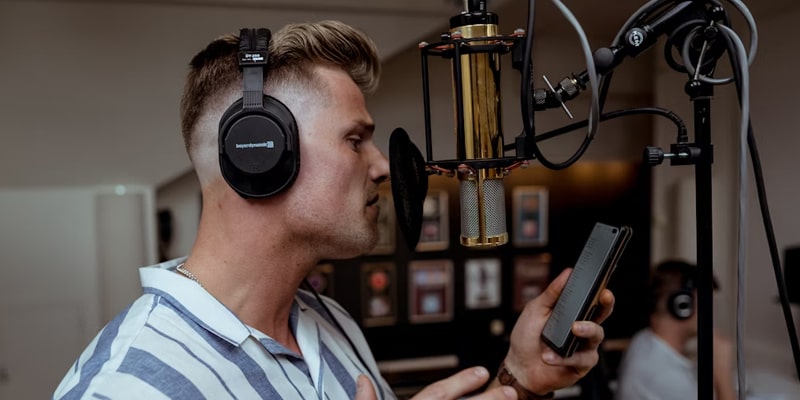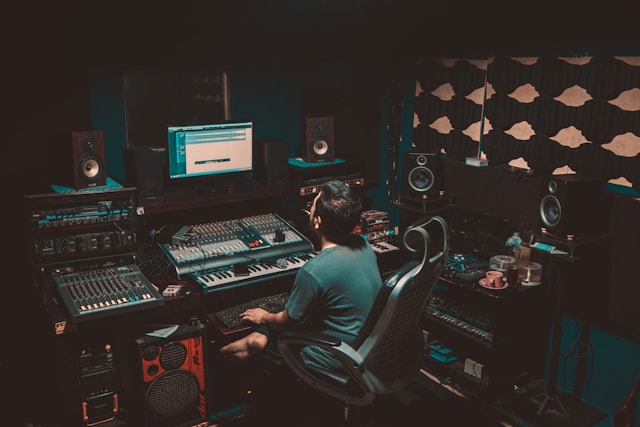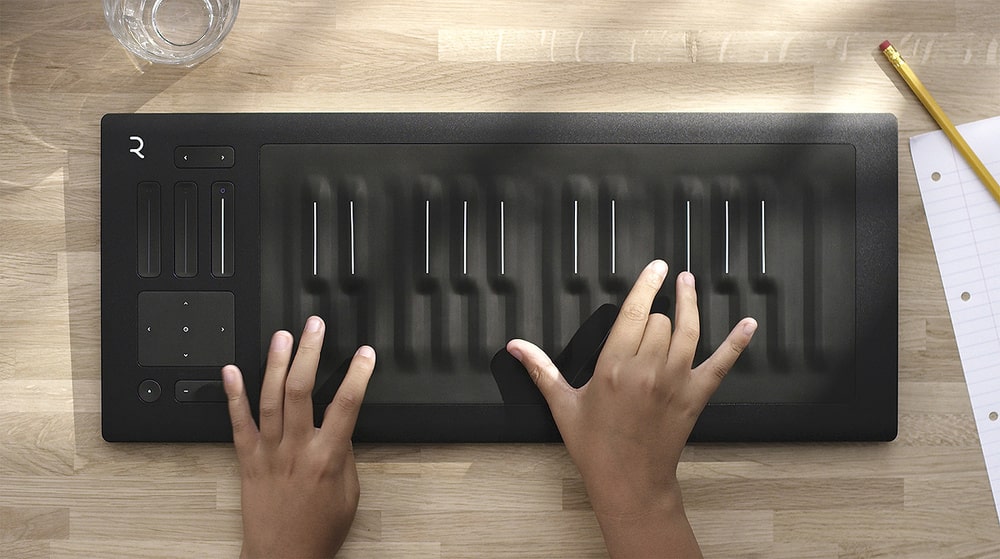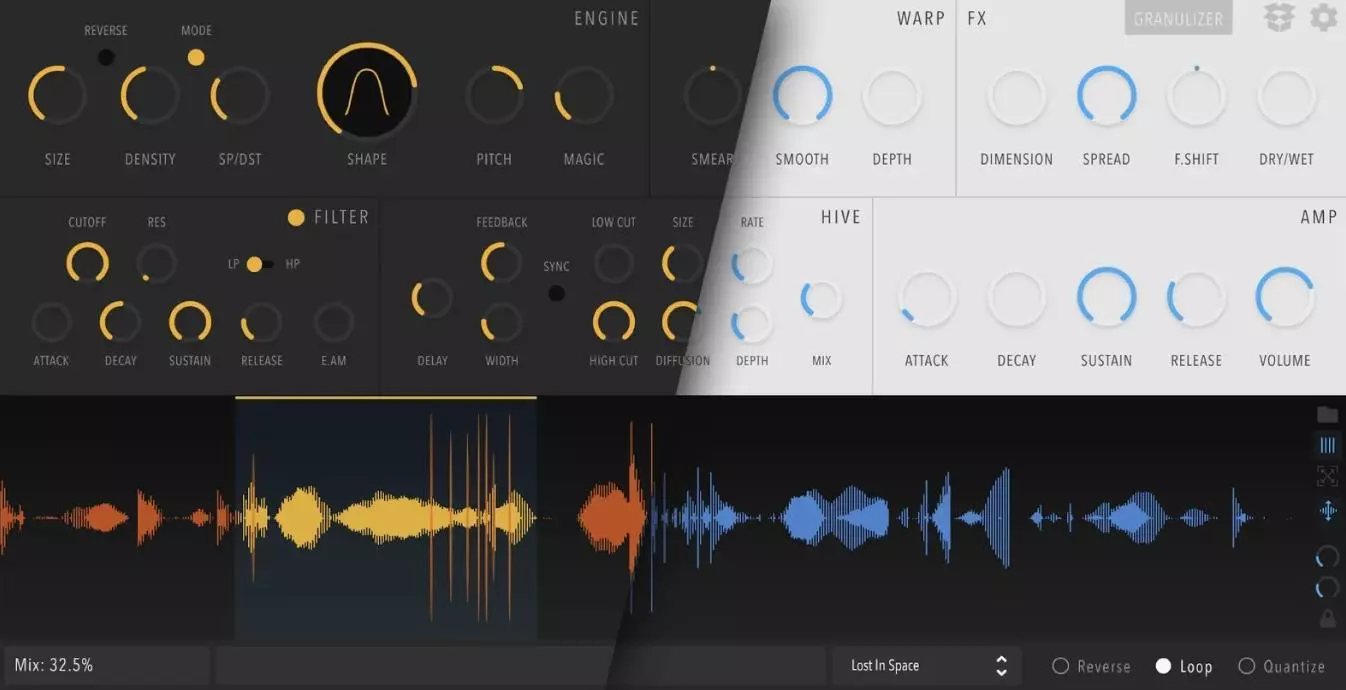In music production, there’s one simple but incredibly effective tool that even experienced sound engineers rely on every day — the reference track.
It’s your compass, your “map,” and even your personal mini-mentor that shows you how a finished song should sound.
What is a Reference Track?
A reference track is a professionally mixed and mastered song you use as a guide during mixing or arranging. Its main purpose is to help you understand how your track should sound to meet today’s commercial standards.
For example:
- If you’re producing EDM, your reference could be the latest hit from your favorite DJs.
- If you’re making indie rock, you might pick a track that’s already doing well on Spotify or Apple Music.
Why it works: your ears quickly adapt to sound. After an hour or two of mixing, you may stop noticing issues. A reference track is like fresh air for your ears — it restores objectivity.
Why You Should Use Reference Tracks
Here are some key benefits:
- Objectivity – After long mixing sessions, it’s easy to lose perspective. A reference track keeps you grounded.
- Professional sound – It shows you what a balanced tonal spectrum and proper dynamics sound like.
- Time savings – Less guesswork, faster decisions.
- Translatable sound – Your mix will sound good on headphones, car speakers, and Bluetooth devices alike.
- Learning from the best – Analyzing top tracks sharpens your ear and technical skills faster.
Pro tip: Even if you’re an experienced engineer, always keep a few trusted references handy. They’re your constant quality check.
How to Choose the Right Reference Track
Follow these rules to avoid common pitfalls:
- Stick to your genre
If you’re mixing deep house, don’t use a drum’n’bass track as a guide. Otherwise, you’ll unintentionally shape your sound for another style. - Pick songs you know well
It’s easier to judge balance when you’ve heard the track in multiple listening environments. - Use high-quality files
WAV, FLAC, or AIFF are best. Avoid MP3s and streaming rips from YouTube or Spotify — they’re compressed and can mislead you. - Focus on specific elements
You might use one track for its drums, another for its vocals, and another for spatial effects. - Keep it current
Modern releases often reflect today’s loudness and tonal trends. But if you want an ’80s vibe, choose an authentic track from that era.
Pro tip: Build your own reference library and store it in a dedicated folder so you can instantly load tracks into new projects.
How to Use Reference Tracks: Step-by-Step
- Import the reference into your DAW
Make sure it bypasses your master bus effects. - Level match
A reference will almost always be louder because it’s mastered. Use a LUFS meter to bring its loudness down for a fair comparison. - A/B comparison
Switch between your mix and the reference. This instantly reveals tonal, stereo, or dynamic issues. - Listen in sections
- Low end – Is the kick and bass clean and powerful?
- Midrange – Are the vocals and main instruments clear?
- Highs – Bright without harshness?
- Width – How are elements spread in the stereo field?
- Depth – Is there a sense of space and front-to-back distance?
- Frequency analysis
Compare your mix and the reference visually with a spectrum analyzer. - Check in mono and at different volumes
This helps spot phase issues and ensures your mix “translates” well everywhere.
Common Mistakes with References
- Copying instead of analyzing – You should be inspired, not cloning the track.
- Using the reference at full mastered loudness – Your ears will think it’s “better” just because it’s louder.
- Mixing across genres – This can confuse your balance and tone decisions.
Conclusion
Reference tracks are your GPS in the world of mixing. They help you avoid mistakes, keep perspective, and learn from the pros.
But remember — your ears are still the ultimate decision-maker. A reference shows the direction, but the final call is always yours.






